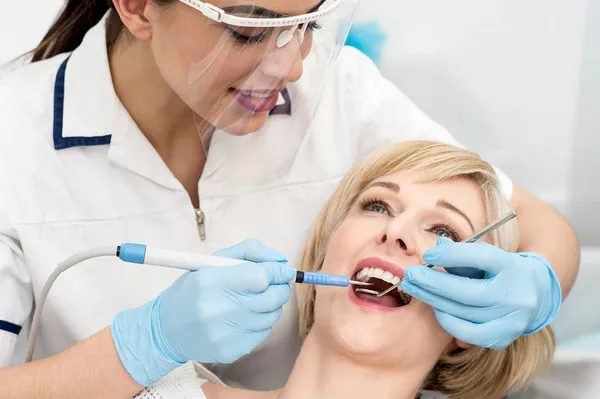The removal of wisdom teeth is a common dental procedure, but like any surgery, it carries potential risks, including the rare occurrence of nerve damage. While such instances are infrequent, they can cause discomfort and require careful attention for optimal recovery. In this article, we explore the steps and considerations for healing nerve damage after wisdom teeth removal, providing insights into the recovery process.
1. Recognition of Nerve Damage: Early Awareness is Key
Symptoms to Watch for: Nerve damage may manifest as numbness, tingling, or a loss of sensation in the tongue, lips, or chin. Early recognition of these symptoms is crucial for prompt intervention.
Immediate Communication with the Dentist: If a patient experiences persistent numbness or tingling after the procedure, it is imperative to communicate these concerns immediately with the treating dentist.
2. Diagnostic Assessment: Identifying the Extent of Damage
Clinical Evaluation: The dentist will conduct a thorough clinical evaluation to assess the extent of nerve damage. This may involve sensory testing, examining reflexes, and reviewing the patient’s medical history.
Imaging Studies: In some cases, additional imaging studies such as X-rays or MRIs may be recommended to visualize the affected area and assess the condition of the nerves.
3. Time as a Factor: Patience in the Healing Process
Natural Healing Time: Nerve damage recovery is often a gradual process that takes time. The body’s natural healing mechanisms may contribute to the restoration of nerve function over several weeks or months.
Patience and Monitoring: Patients are advised to remain patient and vigilant during the recovery period, observing any changes in sensation and reporting them to the dentist.
4. Prescribed Medications: Managing Discomfort and Inflammation
Pain Medications: Prescribed pain medications help manage discomfort during the recovery phase. These may include over-the-counter pain relievers or medications specifically recommended by the dentist.
Anti-Inflammatory Medications: To address inflammation that may contribute to nerve compression, anti-inflammatory medications may be prescribed.
5. Physical Therapy: Facilitating Nerve Rehabilitation
Sensory Reeducation: In cases where nerve damage results in altered sensation, physical therapy techniques such as sensory reeducation may be employed. This involves specific exercises to help the nerves adapt and improve sensation.
Massage and Stimulatory Techniques: Gentle massage and stimulatory techniques may be recommended to promote blood flow and encourage nerve regeneration.
6. Specialist Consultation: Seeking Expert Advice
Referral to a Specialist: In cases of persistent or severe nerve damage, the dentist may refer the patient to a specialist, such as an oral and maxillofacial surgeon or a neurologist, for further evaluation and management.
Collaborative Approach: Specialists work in collaboration with the treating dentist to develop a comprehensive plan for nerve damage recovery, ensuring the best possible outcome.
7. Lifestyle Modifications: Minimizing Stress on the Nerves
Dietary Adjustments: Soft and non-irritating foods may be recommended to minimize stress on the affected nerves during chewing and swallowing.
Avoidance of Irritants: Patients may be advised to avoid hot or cold foods that could cause discomfort to the affected areas.
Conclusion:
While the occurrence of nerve damage after wisdom teeth removal is rare, addressing it requires a comprehensive and patient-centered approach. Early recognition, prompt communication with the dentist, and a commitment to the prescribed treatment plan are crucial elements in the recovery process.
By incorporating diagnostic assessments, prescribed medications, physical therapy, specialist consultations, and lifestyle modifications, individuals can navigate the path to healing nerve damage with diligence and care. It is important to recognize that the recovery timeline may vary for each patient, emphasizing the need for patience and open communication with the dental care team.
In conclusion, healing nerve damage after wisdom teeth removal is a journey that involves collaboration between the patient and the dental professionals. By following the recommended interventions and maintaining a proactive stance in monitoring changes, individuals can optimize their chances for a successful recovery and restoration of normal sensation.
How Long Do Wisdom Teeth Holes Take To Close
Can I Sleep On My Side After Wisdom Teeth Removal
Can I Eat Ketchup After Wisdom Teeth Removal





























